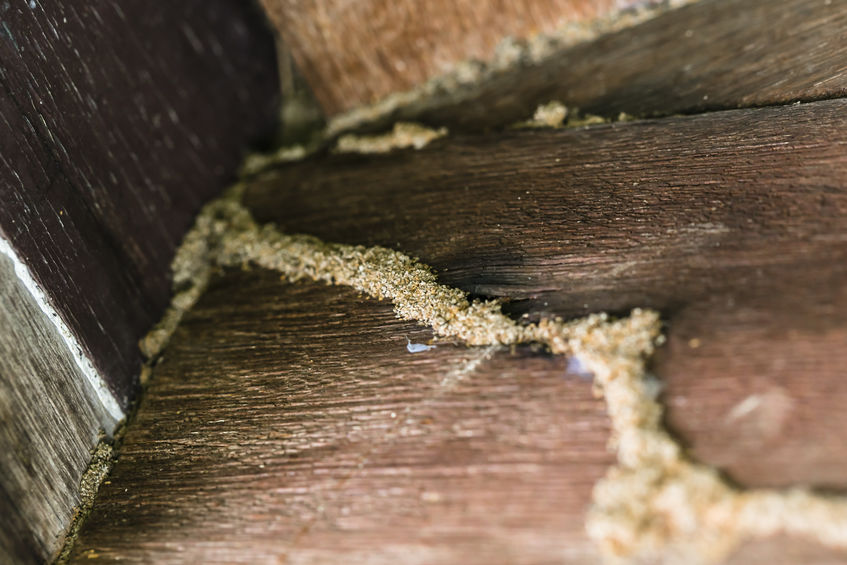The most economically damaging insect pests in the world are generally crop and forest pests. For example, the invasive diamondback moth costs the agriculture industry 4.6 billion dollars annually in the US alone. Invasive Gypsy moths and long-horned beetles each inflict several billion dollars in forest damage worldwide every year. The invasive red-imported fire ant is one example of a common insect pest in residential areas that costs multiple US industries billions of dollars per year, including agriculture, medical, and animal industries. Surprisingly, a 2006 study found that red-imported fire ants inflicted more than 640 million dollars in damage to communications and electrical equipment in the southern US during 2003. While all of these insect species, and more, are notable for inflicting costly destruction, none are as economically damaging as termites.
In the past, experts estimated the annual worldwide economic cost of termite damage to be around 40 billion dollars. However, a recent study that involved the most exhaustive research on the worldwide economic costs associated with insect pest activity found that the Formosan subterranean termite alone is responsible for an annual loss of 33 billion dollars globally, and much of this cost is incurred in the United States. Surprisingly, the Formosan subterranean termite is not even the most economically significant termite pest species in the US, and they can only be found in abundance in a small minority of US states. In the US, the native eastern subterranean termite (Reticulitermes flavipes) inflicts far more structural damage than any other termite pest species.
Multiple scientific surveys of pest control professionals show that the eastern subterranean termite is the most commonly managed termite species within homes and buildings in the country, while the Formosan subterranean termite is often listed as the eighth most commonly managed termite species. Considering that the eastern subterranean termite is the most widely distributed termite species in the country, it is not surprising that it is also the most destructive. According to officials with the US Department of Agriculture, Massachusetts is one of the few northern states that is located in a region where termite pest activity is deemed “moderate to heavy.” This is due solely to the eastern subterranean termite’s widespread presence in Massachusetts, as no other termite pest species inhabits the state. At least for now, as several recent research publications have revealed that southern-dwelling termite species in the US will soon migrate to the northeast due to climate change.
Have you ever removed termite-damaged wood from your home?

